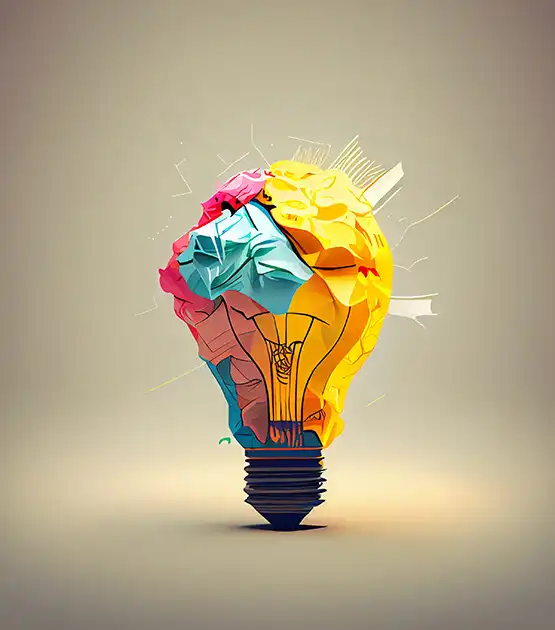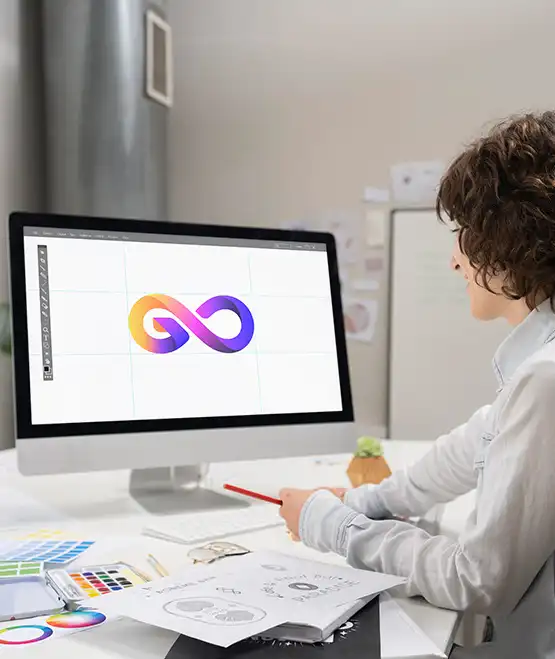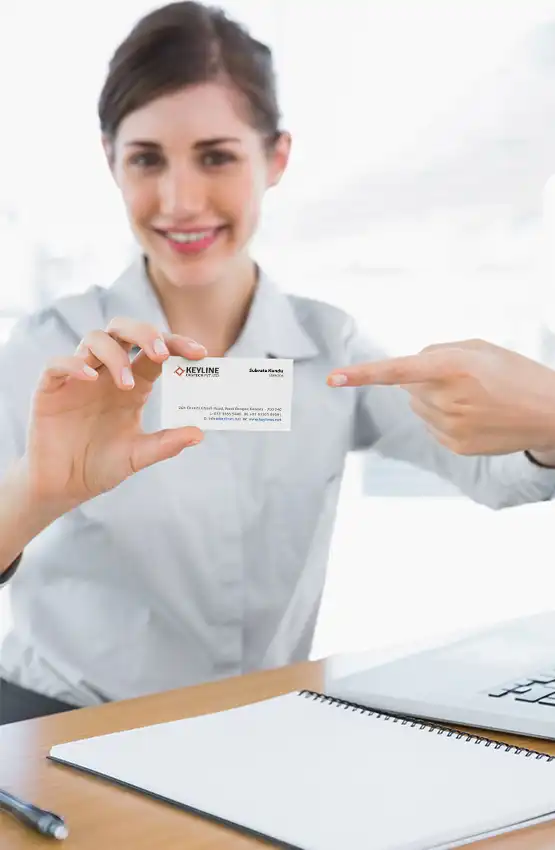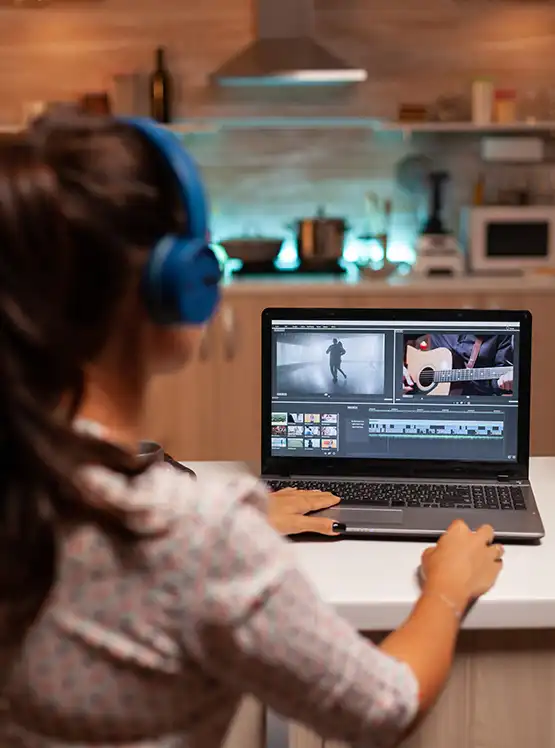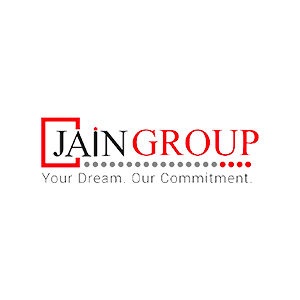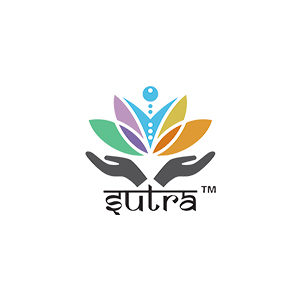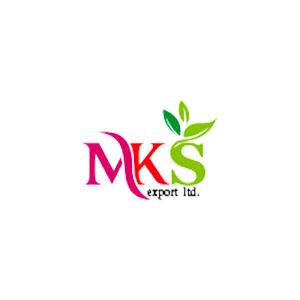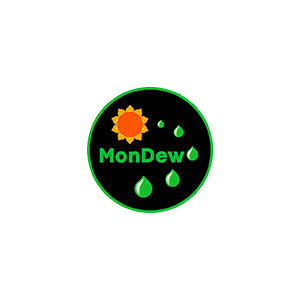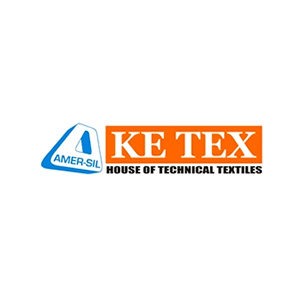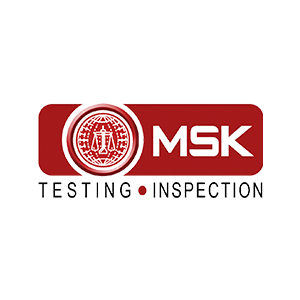Creative and branding for a website are essential components that contribute significantly to a website’s success in capturing and retaining the attention of its target audience. These elements encompass the visual and conceptual aspects that define a website’s identity and set it apart from competitors.
Firstly, branding is the foundation upon which a website’s creative elements are built. It involves the development of a unique identity, including a logo, color scheme, typography, and a consistent tone of voice. Effective branding communicates the website’s mission, values, and personality, creating a memorable and relatable impression on visitors.
Creativity, on the other hand, is the means through which a website’s branding is expressed. This includes designing eye-catching graphics, user-friendly interfaces, and engaging content. Creative elements should align seamlessly with the brand, conveying its message and personality effectively.
The synergy between creative design and branding is critical. A well-designed website should reflect the brand’s identity, values, and objectives, creating a cohesive and memorable user experience. This consistency fosters trust and loyalty among visitors.
In summary, creative and branding for a website work hand in hand to establish a unique identity and deliver a memorable user experience. A well-executed strategy enhances a website’s ability to connect with its target audience, differentiate itself from competitors, and build a strong and enduring online presence.



